Nest vs Ecobee: Which smart thermostat is best for you?
Our Nest vs Ecobee guide pits two of the most popular smart heating systems against each other, to help you decide which best suits your home
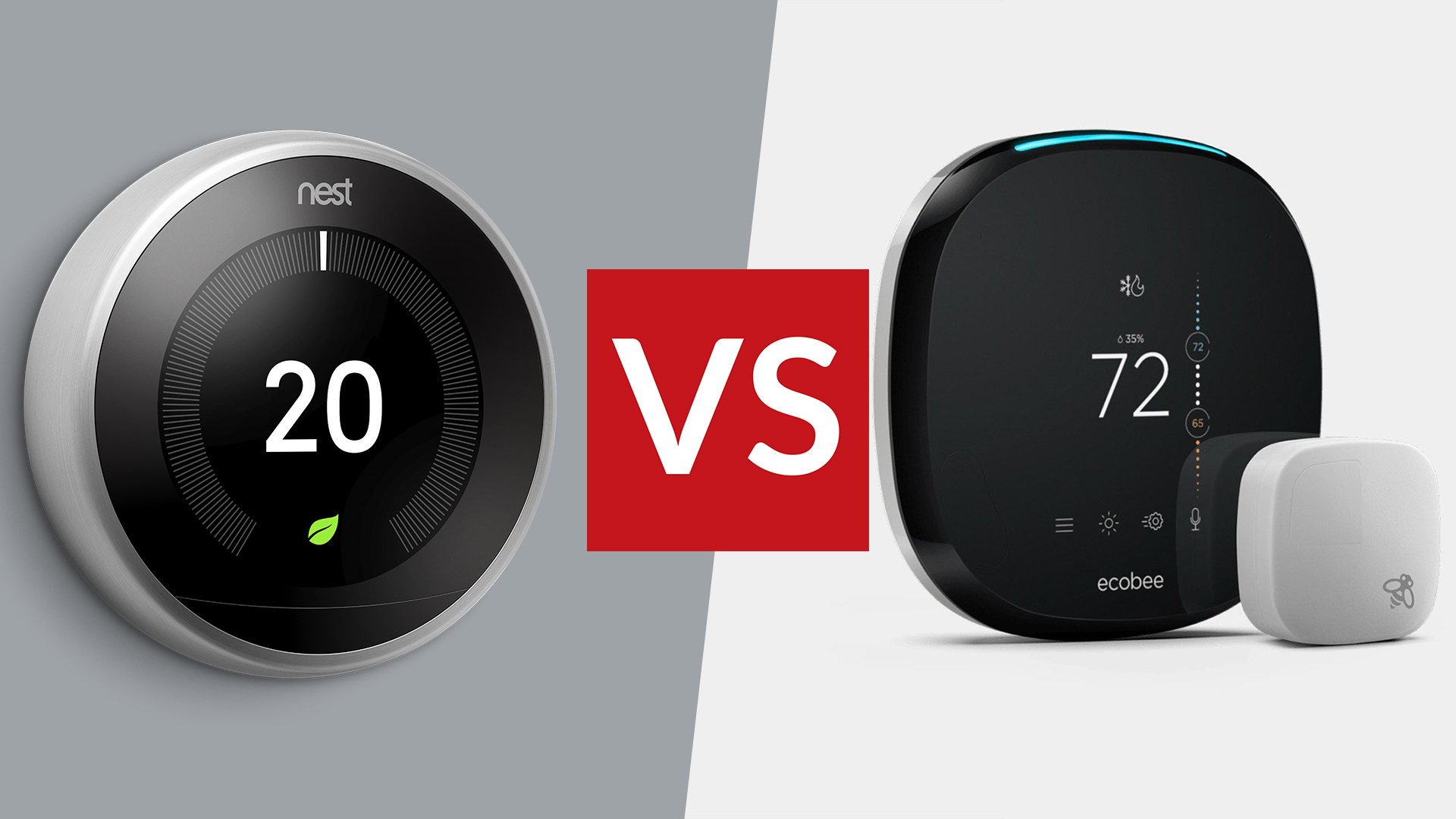
The cost of living crisis, driven massively by a brutal energy cap increase, means it is more important than ever before to get one of the best smart thermostats on the market in your home.
Smart thermostats give you the power to monitor and control, wherever you are, how you heat your home, allowing you to be smarter and save a packet in the process.
T3 is a huge advocate of smart thermostats and many of its team members have them installed in their own homes, so we speak from experience when we say they are worth the initial outlay.
Nest from Google is one of the best-known brands in the smart thermostat sector, but it wasn’t the first to market – that honour goes to Canadian company Ecobee, which pipped the internet giant to the post by two whole years.
So is the original still the best in its newest form? Or can an upstart release from a little-known company (Goo-who?) beat it at its own game? Let’s find out.
Nest vs Ecobee: Price & design
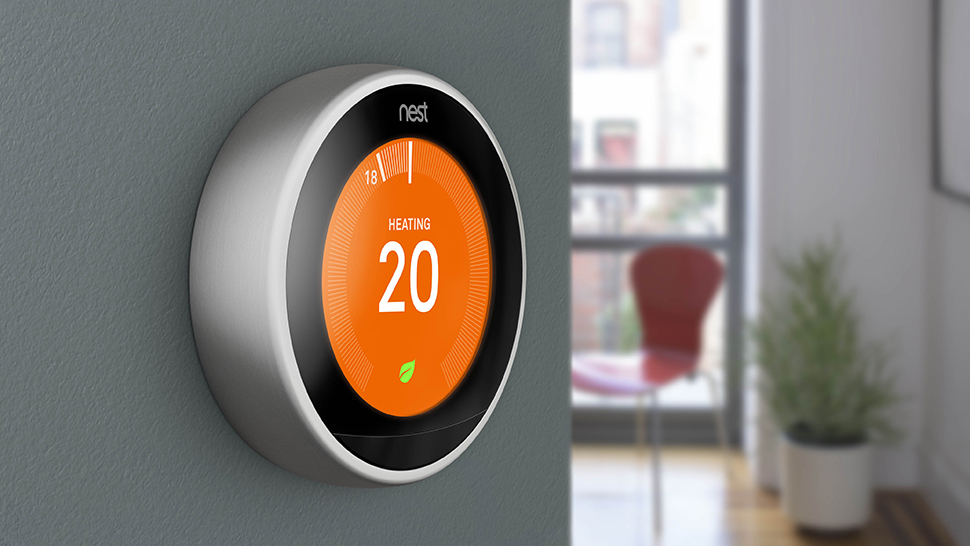
The Nest has a fetching metal exterior ring, and nicely designed interface.
At the time of writing, the Ecobee SmartThermostat with Voice Control and the Nest Learning Thermostat 3rd Generation both cost $249. UK readers should note that Ecobee products don’t seem to be available in the UK through the official website, but the thermostat can be bought from Amazon for £449. The Nest 3rd Generation is £219.
If you’re still stuck on which one to buy, then let’s turn to their looks. The Ecobee is a rather beautiful black superellipse on a white base, and features a 3.5in colour LCD touchscreen. Inside, the specs sound like a PC from a few years ago, with a quad-core processor, half a gig of RAM, and 4GB of flash storage. It can probably run Doom, though ideally won't make your home as warm as hell.
Get all the latest news, reviews, deals and buying guides on gorgeous tech, home and active products from the T3 experts
Google doesn’t publish what’s inside its Nest 3rd Gen, but we do know it’s a circle just over three inches in diameter, with a similar resolution screen and the same amount of RAM as the Ecobee.
The silver edge of the Nest’s circle (other colours are available) makes it look rather classy, and its smaller size works in its favour. We like the Nest’s ability to display a colour on its screen too, as the Ecobee’s white on black can be a little austere.
Nest vs Ecobee: Compatibility
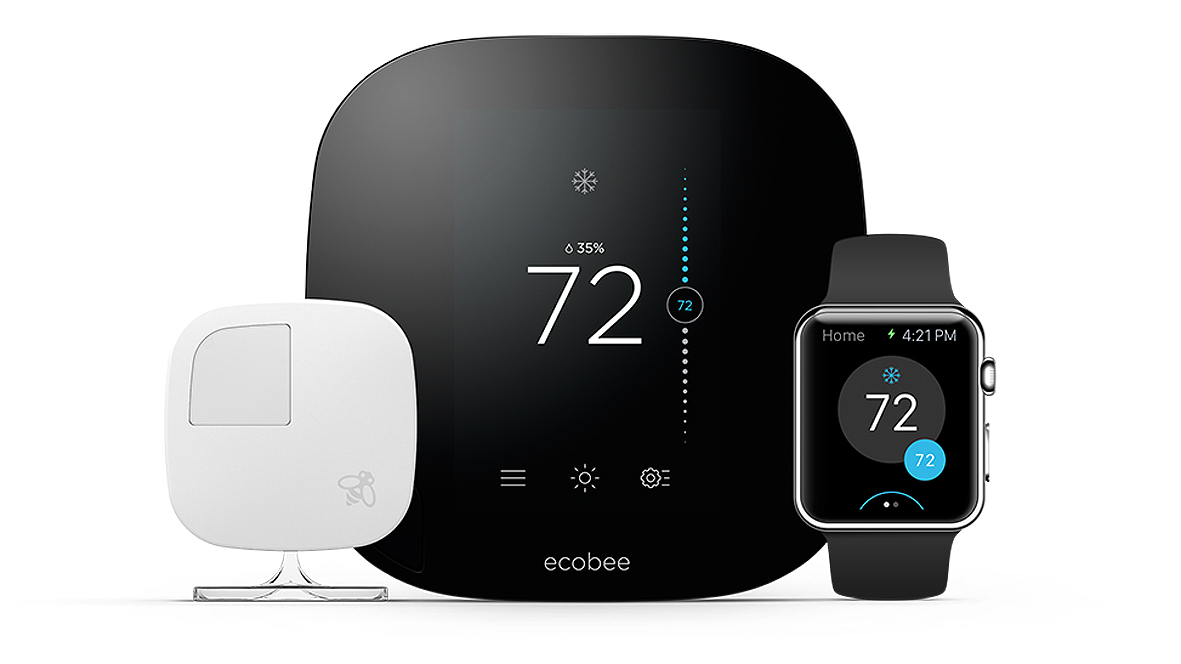
The Ecobee's integration with Apple HomeKit is a bonus compared to the Nest for iPhone users.
The presence of a C wire, or live and neutral connections in the UK, in your heating system can be what makes or breaks the installation of a smart thermostat. This is the wire that provides a return path for the 24v power supply, or in the UK wires’ case are the whole of the power supply. A C wire is not necessarily labelled, and nor is it a particular colour, and this is why professional installation is recommended for both thermostats unless you’re intimately familiar with your home’s heating system and its wiring diagrams – whichever side of the Atlantic you’re on.
Keeping a steady Wi-Fi connection will drain batteries quickly, not to mention those LCD screens, so having the constant power connection can be a real help. You can install a smart thermostat in the same spot on the wall that your current central heating controls occupy, using the same wiring, or you can opt to move it – there’s an optional Nest stand if you want to make it mobile, or a smaller model, the Nest Thermostat E, that comes with a stand built-in. Ecobee makes a cheaper model too, the Ecobee 3 Lite, which lacks a few features found on the SmartThermostat but still needs to be wall mounted.
To tell whether a thermostat will work with your heating system, both Google and Nest offer compatibility checkers on their websites. The Ecobee one is more involved than Google’s – which merely asks you what sort of heating system you’ve got – requiring you to know details about your wiring.
Nest vs Ecobee: Features & app
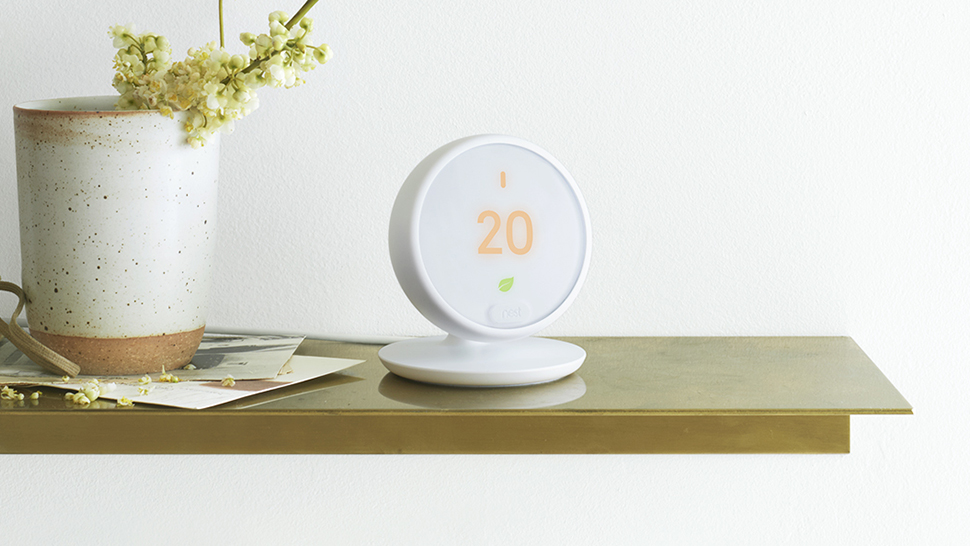
The Nest Thermostat E is a cheaper version of the Nest, still with great app control.
Both thermostats naturally come with smartphone apps, while Ecobee comes with Amazon Alexa built-in – there’s a small speaker on the wall unit - and is compatible with Google Assistant and Apple HomeKit. Nest is compatible with Google Assistant and Alexa, but lacks HomeKit integration.
While both thermostats can be programmed just like a conventional one from the screen, a web interface, or the smartphone app, they also offer the ability to learn your daily routine and change the temperature settings to suit. So if you come home and immediately turn the heating up, it notices and adjusts its schedule accordingly.
Both systems also support geofencing, so if they detect your phone’s GPS leaving a certain radius around your home, they know you’ve gone out and will adjust the heating accordingly. Nest supports multiple accounts across many phones, while Ecobee supports just the one.
Both can also take advantage of remote sensors, which allow the thermostat to monitor temperatures all around your home rather than just the room it’s installed in. Nest’s are sold separately and only record temperature, while Ecobee’s are motion-sensing too, allowing the thermostat to tell if a room is occupied – and you get one bundled with the main unit.
Nest vs Ecobee: Verdict
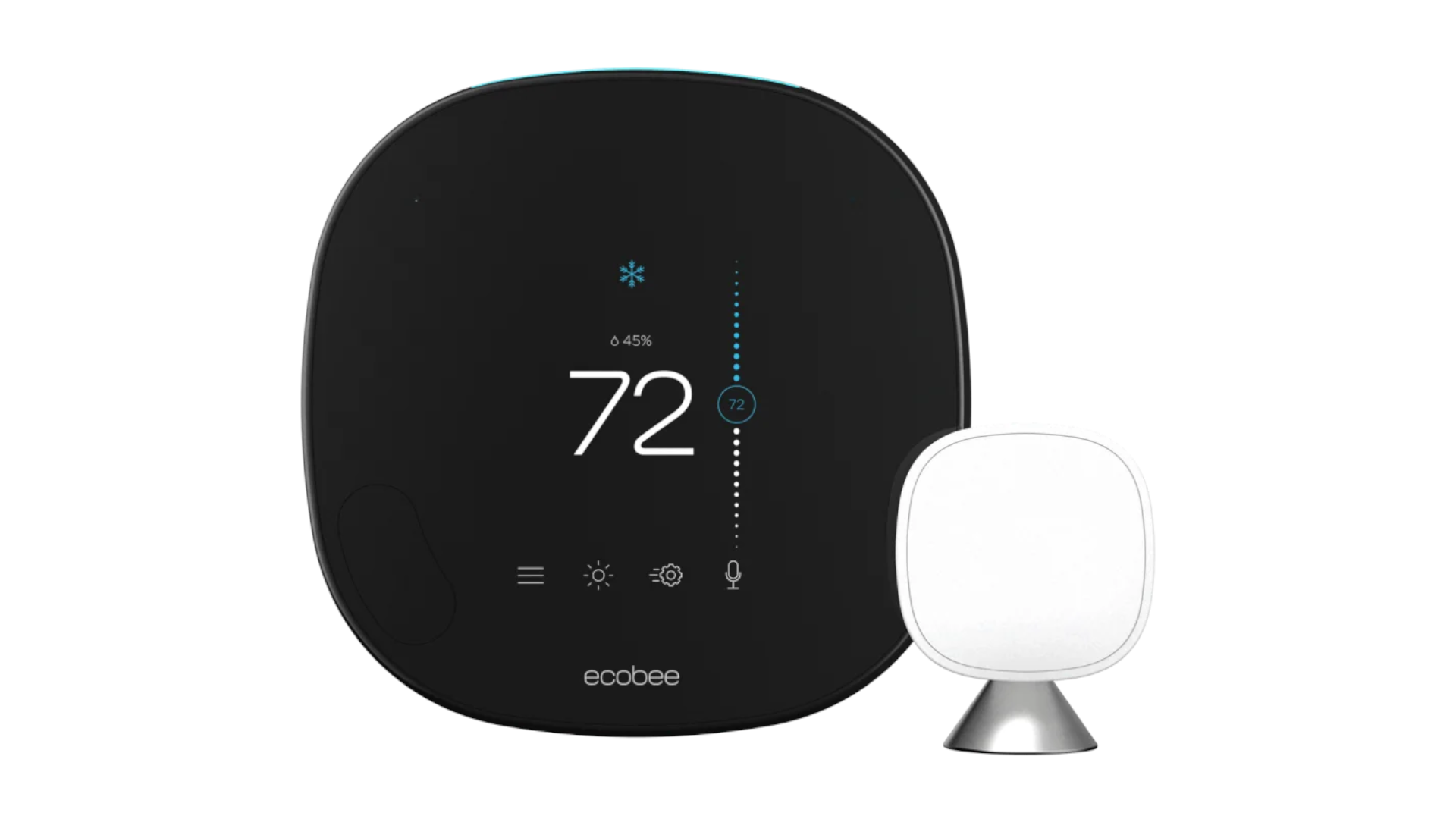
The Ecobee is a great package, but doesn't offer as strong background smart adjustments as the Nest.
Thanks to its clever learning behaviour, the Nest thermostat is a better choice for those who like their technology to act as if it isn’t there. Once it has got a handle on which times of the day you want the house warm, and when you tend to go out, it becomes completely transparent. You can, of course, always override the program by adjusting the settings on the screen, by voice or in the app.
Ecobee, despite its eco+ learning abilities, is a better choice for those who like to fiddle, and set up a complete schedule for the heating coming on and off at different temperatures and stick to it (though it too is overridable using the screen, app and voice control). With its support for HomeKit as well as Alexa and Google Assistant, it's also the most flexible for smart home integration.
Whichever you choose, adding a smart thermostat to your home is one of the best ways to make it smarter. Both the Google Nest and the Ecobee SmartThermostat are great looking and packed with the latest technology – you’ll wonder how you ever coped with an old-fashioned thermostat and heating programmer.